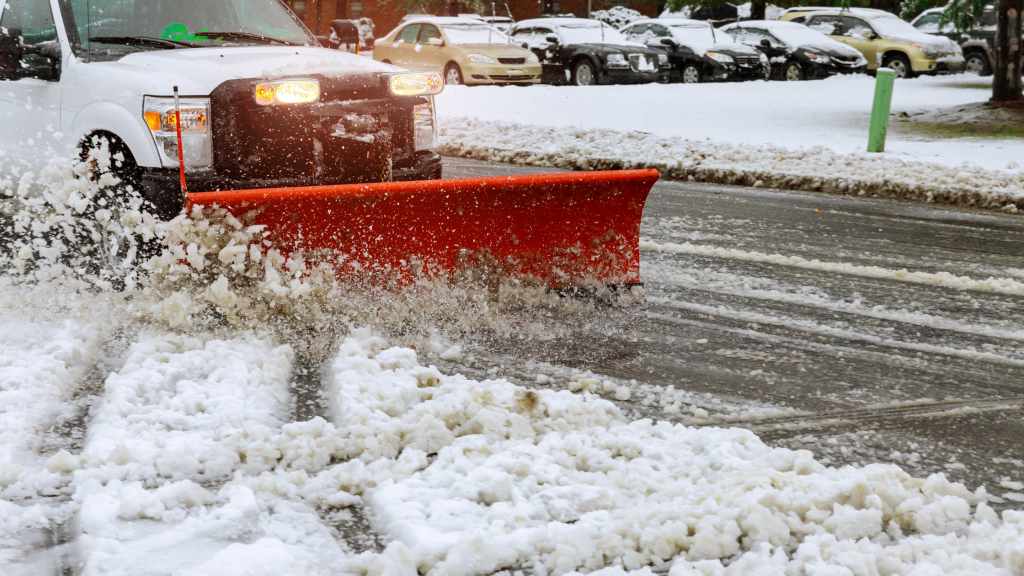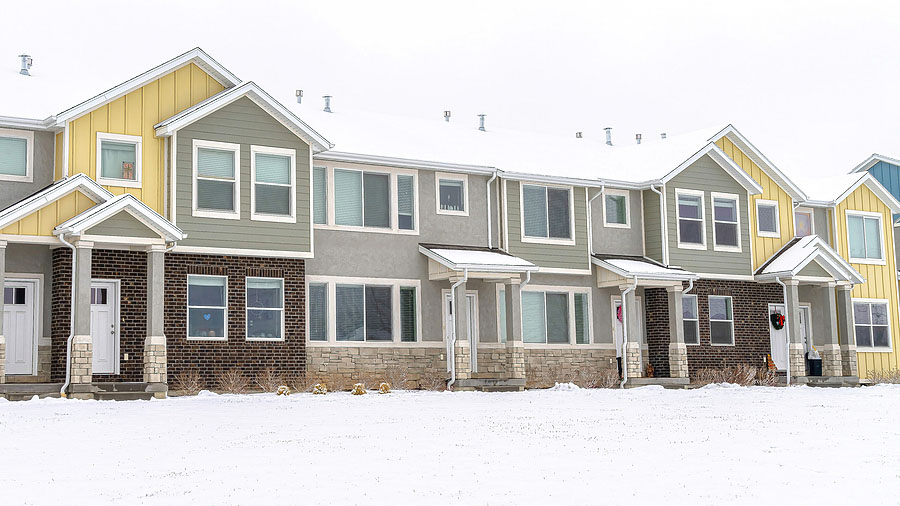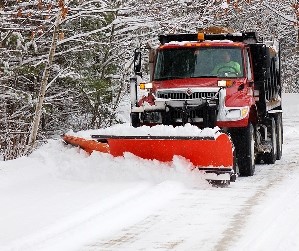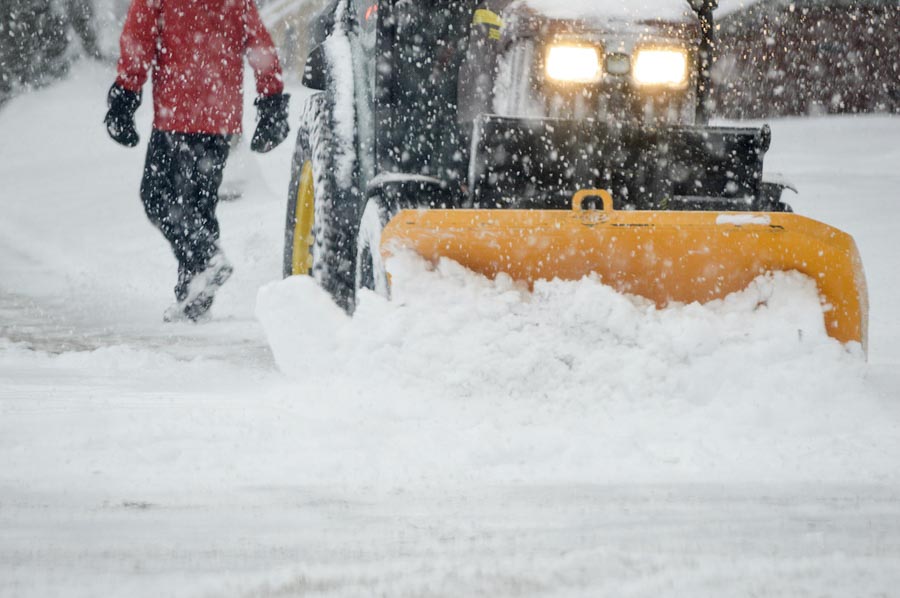Snow Removal Reminders

The snow has begun to fall. We would like to remind everyone about factors that may come into play during a snow event. Trigger Depth Most HOA contracts will state an accumulation total that must be met before snow removal services commence. For most places, the trigger depth is between 1-2 inches of snow. Accumulations Your contract’s definition of “trigger depth” is extremely important. Depending on the wording, trigger depth can be met when all the snow on the ground is at or above a certain amount. In other cases, trigger depth might only apply to “single-event” storms; this method disregards how much snow is already on the ground and only measures how much new snow has fallen. If the amount of new snow is less than the trigger depth, snow removal will not occur. It is important to know the difference between these plans and which one you have; if there are five consecutive snowstorms where less than 1 inch falls, and you have a single-event contract, snow removal services will not be triggered. Most contracts are written, “by event.” Timing The second most important clause of your contract is when the snow removal service must be completed. In most cases, “final cleanup” is required between 6 – 12 hours after the snow has stopped falling. Sometimes, the timeline can change based on how much snow has accumulated. The more snow that falls, the more time is allowed for cleanup. Open-ups Open-ups are another clause in the snow removal contract implemented after the snowfall exceeds a particular total. For example, the snow removal company will perform an open-up if 4 inches of snow has fallen and there is still a forecasted 4 inches. They will perform a single pass through the roadways with a plow so that vehicles can enter and exit the complex. A critical section of the open-ups clause to look over is whether open-ups include driveways or just the main roadways. The typical language will state that an open-up will occur before ___ AM and/or after ___PM. It is always good to be prepared for significant snowfalls. We hope you have a safe winter!
Winter Prep: Snow Removal Contractors

Minnesota winters can be pretty unpredictable, but your snow removal rules shouldn’t be. Don’t wait until the first snowfall to have your snow removal contracts set in place—the specifics need to be created ahead of time so that you aren’t flooded with questions and concerns about policies. If you don’t have a snow removal contract in place yet, now is the time to do so. But, what does the contract include? The services performed. Your contract should include what services the contractor will be doing for the community, as well as what the homeowners themselves should be doing. The snow removal company will be responsible for cleaning roads, pathways, and parking lots, but it’s up to the board to decide if residents should shovel their own sidewalks and driveways. Timing. When will the company come to remove snow? Many companies require at least two inches of snow in order to come remove it, but discuss this with your contractor, as they may have different requirements. Cost. Some companies charge a fixed amount for each time they come to remove snow, while others charge per hour. It’s difficult to predict what our upcoming winter will be like, but if it’s anything like the past few winters, a fixed price may be the better way to go. Liability information. If the contractor falls on ice and hurts themselves, you need to know who is legally responsible. The company themselves should have proper insurance for instances like these. Pre-treatment services. We recommend that you choose a company that offers pre-treatment services, like salting the roads before an upcoming storm. This is typically done a day or two before the storm hits and can reduce the chances of accidents. Contact information. When the weather is unpredictable, you need to be able to reach the company 24/7. In addition to their regular office number, make sure you have a number for emergency services. We certainly hope for a mild winter, but if we’re in for a rough season, make sure to hire a snow removal company that you can count on
Snow Contracts and Expectations

Winter in Minnesota is quickly approaching! When the white stuff starts to fall, it’s important to understand how specifications in snow contracts will affect when snow is removed from your roadways, driveways and sidewalks. Just like snowflakes, every snow contract is unique. To better understand the nuances of your contract, check with your Board or contact Sharper Management. We are happy to share this information with you. While unique, there are some common specifications of a snow removal contract. Some of these specifications are: Trigger Depth – Your contract likely states an accumulation total that must be met before snow service will commence. This can be anywhere from a trace up to multiple inches. For most, it is somewhere between 1 – 2 inches. This can be one of the biggest variables in the pricing of your snow contract and the definition of “trigger depth” is important. Does your contract state that service will happen when the trigger depth has been met for a single snow event/storm, or is it vague regarding at what point trigger depth is met? There is a significant difference between the definitions. For example, you could have a winter where less than 1 inch of snow accumulates per event, but there may be many events like this in a relatively short period of days thus creating heavily packed drives in your association. Most contracts are written “by event”. Timing – The second most important component of your contract is the time in which snow service must be completed. For most contracts, “final cleanup” is somewhere between 6 – 12 hours after the snow has stopped falling. This timeline is also subject to snow accumulation totals. The more snow received, the more time allowed for cleanup. Open-Ups – Most contracts provide for an open-up during snowfall events that exceed a particular total. For example, if 4 -6 inches of snow depth is met, but the event has not stopped, it is common for an open up to happen. Open-ups are simply done to allow vehicles to come in and out of the community. They are not the same as a final clean up and generally consist of a single pass through the roadways with the plow. One thing to define in your snow contract is whether open-ups include driveways, or just main roadways. Typical language states that an open-up will occur prior to __AM and/or after __PM. Then the final cleanup will occur per the contract as discussed in the “timing” section above. We realize that snow is inevitable and, while often beautiful, can create some frustrations. Knowing a bit more about how your snow contract is written may alleviate some of these frustrations over the coming months. Stay safe this winter!
Snow Removal Reminders

It has not been a typical snowy Minnesota winter, yet. However, we would like to take a minute to remind everyone about factors that may come into play during a snow event. Trigger Depth Most HOA contracts will state an accumulation total that must be met before snow removal services will commence. For most places, the trigger depth is between 1-2 inches of snow. Accumulations Your contract’s definition of “trigger depth” is extremely important. Depending on the wording, trigger depth can be met when all of the snow on the ground is at or above a certain amount. In other cases, trigger depth might only apply to “single-event” storms; this method disregards how much snow is already on the ground and only measures how much new snow has fallen. If the amount of new snow is less than the trigger depth, snow removal will not occur. It is important to know the difference between these plans and which one you have; if there are 5 consecutive snowstorms where less than 1-inch falls and you have a single-event contract, snow removal services will not be triggered. Most contracts are written “by event.” Timing The second most important clause of your contract is when the snow removal service must be completed. In most cases, “final cleanup” is required somewhere between 6 – 12 hours after the snow has stopped falling. In some cases, the timeline can change based on how much snow has accumulated. The more snow that falls, the more time is allowed for cleanup. Open-ups Open-ups are another clause in the snow removal contract that is put into action after the snowfall exceeds a particular total. For example, if 4 inches of snow has fallen and there is still a forecasted 4 inches, the snow removal company will perform an open-up. They will perform a single pass through the roadways with a plow so that vehicles can enter and exit the complex. One important section of the open-ups clause to look over is whether open-ups include driveways or just the main roadways. Typical language will state that an open-up will occur prior to ___ AM and/or after ___PM. While we hope we don’t get any major snowfalls, it is always good to be prepared.
